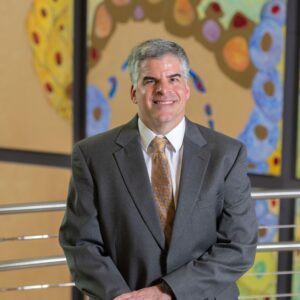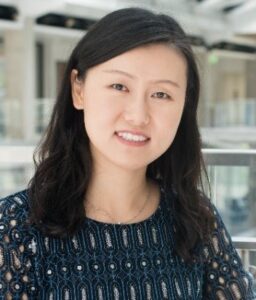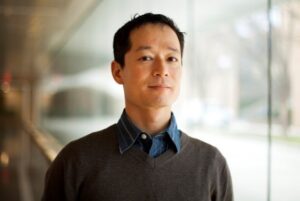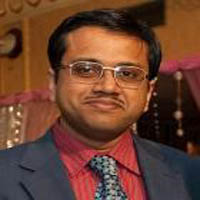 http://s.uconn.edu/meseminar12/10/21
http://s.uconn.edu/meseminar12/10/21
Abstract: Hydrogels, highly hydrated cross-linked polymer networks, have emerged as powerful synthetic analogs of extracellular matrices for basic cell studies as well as promising biomaterials for regenerative medicine applications. A critical advantage of these synthetic matrices over natural networks is that bioactive functionalities, such as cell adhesive sequences and growth factors, can be incorporated in precise densities while the substrate mechanical properties are independently controlled. We have engineered poly(ethylene glycol) [PEG]-maleimide hydrogels for local delivery of therapeutic proteins and cells in several regenerative medicine applications. For example, synthetic hydrogels with optimal biochemical and biophysical properties have been engineered to direct human stem cell-derived intestinal organoid growth and differentiation, and these biomaterials serve as injectable delivery vehicles that promote organoid engraftment and repair of intestinal wounds. In another application, hydrogels presenting immunomodulatory proteins induce immune acceptance of allogeneic pancreatic islets and reverse hyperglycemia in models of type 1 diabetes. Finally, injectable hydrogels delivering anti-microbial proteins eradicate bone-associated bacterial infections and support bone repair. These studies establish these biofunctional hydrogels as promising platforms for basic science studies and biomaterial carriers for cell delivery, engraftment and enhanced tissue repair.
Biographical Sketch: Andrés J. García is the Executive Director of the Petit Institute for Bioengineering and Bioscience and Regents’ Professor at the Georgia Institute of Technology. Dr. García’s research program integrates innovative engineering, materials science, and cell biology concepts and technologies to create cell-instructive biomaterials for regenerative medicine and generate new knowledge in mechanobiology. This cross-disciplinary effort has resulted in new biomaterial platforms that elicit targeted cellular responses and tissue repair in various biomedical applications, innovative technologies to study and exploit cell adhesive interactions, and new mechanistic insights into the interplay of mechanics and cell biology. In addition, his research has generated intellectual property and licensing agreements with start-up and multi-national companies. He is a co-founder of 3 start-up companies (CellectCell, CorAmi Therapeutics, iTolerance). He has received several distinctions, including the NSF CAREER Award, Young Investigator Award from the Society for Biomaterials, Georgia Tech’s Outstanding Interdisciplinary Activities Award, the Clemson Award for Basic Science from the Society for Biomaterials, the International Award from the European Society for Biomaterials, and Georgia Tech’s Class of 1934 Distinguished Professor Award. He is an elected Fellow of Biomaterials Science and Engineering (by the International Union of Societies of Biomaterials Science and Engineering), Fellow of the American Association for the Advancement of Science, Fellow of the American Society of Mechanical Engineers, and Fellow of the American Institute for Medical and Biological Engineering. He served as President for the Society for Biomaterials in 2018-2019. He is an elected member of the National Academy of Engineering, the National Academy of Medicine, and the National Academy of Inventors.


